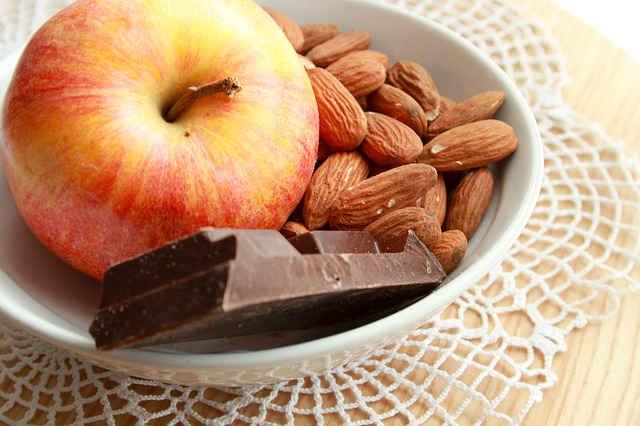As winter draws to an end, that sluggish feeling can be hard to shake off. You want to be feeling more energetic, but how? BUF Girls to the rescue! These are our top 7 ways to re-energise your day, with small changes that make a big difference.
- You Snooze You Lose
If your alarm goes off in the morning and the first thing you do is hit snooze and nod off again, look out! Apparently, if you fall back to sleep in that snooze time you could be interrupting your hormone cycle, which can actually make it harder to get going in the morning. We’ve got a hot tip to combat this – set your alarm for 10 minutes later than you normally would and keep it across the room, so you have to physically get up to switch it off. Evil we know, but totally tried and tested and it works.
- Make Friends With Morning Movement
You don’t have to be one of those energiser bunnies hitting the gym first thing every single morning to score max energy gains. According to research, opting for a simple walk in the great outdoors three times a week can reduce fatigue levels overall. Boosting energy is not all about getting up and doing a high-intensity workout, so rethink your morning movement and consider choosing something that fights fatigue rather than draining you and leaving you feeling exhausted. As time goes on and you get in better shape, HIIT style training of a morning may become your friend. Our favourite thing to do is to alternate high intensity workout days with lower intensity options like walking and yoga.
- Don’t Be Scared of the Good Carbs
We are all for salad greens with chicken, but no carbs can mean zero energy. We aren’t saying you should go all out and carb-load, but it’s helpful to include some healthy carbohydrates in your everyday diet, especially after training. Think oats, pumpkin or sweet potato, brown rice, quinoa, some fruit like bananas, sourdough or gluten-free bread, as well as nuts. Good carbs help maintain a happy mood and balanced mental energy. Glucose (and good fats) are the brain’s main source of fuel. Jumping on to the, “I don’t eat carbs” bandwagon will be starving your brain of one of its essential nutrients.
- Take a Moment of Meditation (It Doesn’t Have to Be Hard or Take a Long Time!)
Being still and silent can revive you. All day long your body and brain are constantly being stimulated, which can be seriously tiring and exhausting. Take several moments in your day to breathe deeply and concentrate on your inhalation and exhalation. It takes only one minute of silence to replace all that dissipated energy, according to Deb Shapiro, co-author of Be the Change: How Meditation Can Transform You and the World.
- Sleep More
Surviving on 5-6 hours sleep a night is going to take its toll on your energy levels and how you tackle your day. Aim to get between seven to eight hours sleep (for most people) and make a conscious effort to switch off at least one hour before going to bed. Come up with a nighttime ritual that has you relaxed by the time you hit the pillow. Herbal teas, a good book, or a magnesium bath are BUF favourites. Sorry, Instagram is not on the list!
Hot Tip: Go to bed at the right time so you can take advantage of your body’s natural rhythms. Here’s a handy calculator!
- Fuel Your Body
Aim to eat protein with every meal, including your snacks. Protein contains tyrosine, which is converted into the alertness neurotransmitter, dopamine. We can thank dopamine for its part in boosting our energy levels and improving our concentration. Protein sources BUF Girls love are eggs, chicken, greek yoghurt, turkey, tuna, nuts, salmon, sardines, nut butter and quinoa. If you need something handy for your handbag try our own Libby Babet’s Chief Bars!
- Belt Out Your Favourite Song
Ever noticed how good you feel after listening to a favourite song? Music is energising – even more so if you sing along to it. According to research, it can increase energetic arousal and decrease tension nearly as much as a cardio workout. It may only be a few minutes of disconnecting from your day, but we think it’s definitely better than nothing. So next time you feel exhausted in the office mid-afternoon, ditch the chocolate bar and take a walk around the block with your iPod blasting your favourite tunes instead!
The post 7 Ways to Get More Energy in Your Day appeared first on CrowdInk.
![Food Pyramid [image source: US Dept. of Agriculture], crowd ink, crowdink, crowdink.com, crowdink.com.au](http://crowdink.com/wp-content/uploads/2016/08/Food-Pyramid.jpg)









